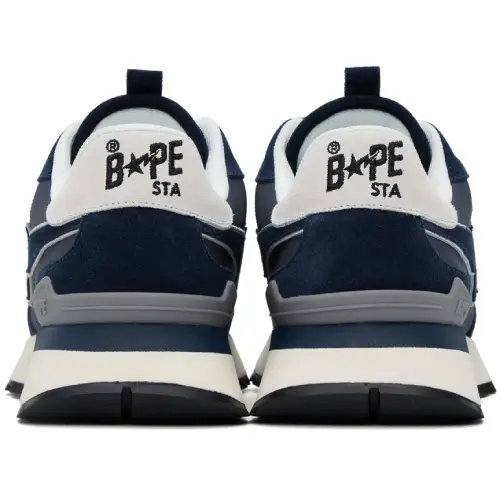Selecting the right footwear for exercise or physical activities can make a substantial difference in comfort, performance, and injury prevention. Different types of workout shoes are specifically designed to support various movements and activities. Let’s explore seven distinct categories of workout shoes, each tailored to address specific needs and enhance performance in different exercises.
Running Shoes
Running shoes are purpose-built for runners. They are crafted with features that provide cushioning and support for the feet during forward motion. These shoes have cushioned soles to absorb impact and reduce stress on the legs and feet. The design focuses on stability and flexibility, offering protection and comfort for the repetitive, high-impact nature of running.
Cross Training Shoes
Cross training shoes are versatile and designed to accommodate various activities. They cater to exercises like weightlifting, high-intensity interval training (HIIT), and aerobics. These shoes provide stability for lateral movements and support different workout routines. They balance cushioning and support to accommodate a wide range of movements during diverse workouts.
Weightlifting Shoes:
Weightlifting shoes are engineered specifically for weightlifting exercises. They feature a sturdy base with minimal cushioning to ensure stability and support while lifting heavyweights. These shoes often have an elevated heel, aiding in maintaining proper squat form and posture during lifts.
Walking Shoes:
Walking shoes prioritize comfort and support for everyday walking or longer walks. These are suitable pairs of shoes for men and women, both with cushioning and flexibility to facilitate the heel-to-toe motion involved in walking. They offer adequate arch support and shock absorption, ensuring comfort during prolonged walking sessions.
Cycling Shoes:
Cycling shoes are exclusively designed for cycling activities. They come with a stiff sole that efficiently transfers power to the bike pedals, enhancing performance. Many cycling shoes include cleats that clip into the pedals, providing better control and efficient pedal strokes. These shoes enable cyclists to generate power more effectively during their rides.
Trail Running Shoes:
These are suitable for off-road running adventures and are considered the best option in the men’s footwear category. They feature extra traction, durability, and protection to handle uneven and rough terrains. These shoes often have rugged soles and protective materials that shield the feet from rocks and debris, ensuring stability and safety while running on trails.
Hiking Shoes/Boots:
Hiking shoes or boots are designed for hiking and outdoor activities. They offer ankle support and rugged soles suitable for navigating challenging terrains. These shoes come in various styles, from lightweight hiking shoes suitable for easier trails to heavy-duty hiking boots designed for more demanding and rugged paths.
Choosing the appropriate workout shoes that cater to the specific demands of various exercises can significantly impact an individual’s performance, comfort, and injury prevention. The right footwear not only supports the feet but also enhances overall comfort and performance during physical activities.
Conclusion
Comprehending the unique features and designs of different workout shoes is crucial when selecting footwear for specific exercises or activities. Having the right pair of workout shoes can improve overall performance, prevent discomfort, and reduce the likelihood of injuries while engaging in exercise or daily physical activities. Whether it’s running, weightlifting, cycling, hiking, or various fitness routines, suitable footwear ensures comfort and support for the feet, optimizing the overall experience of physical activities.




